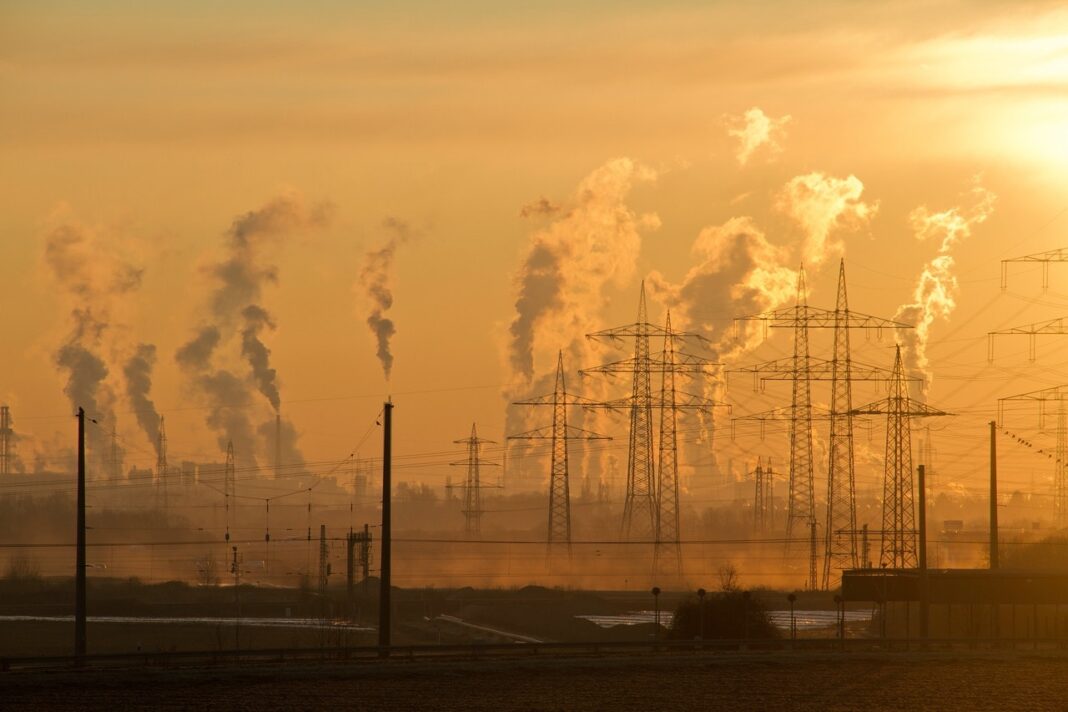It’s official. 2020 was one of the warmest years on record, either edging out or coming in just behind 2016 for the warmest year in recorded history according to data from U.S. government agencies (The National Aeronautics and Space Administration had the year just tied with 2016, while the National Oceanic and Atmospheric Administration put the figure just behind 2016’s totals).
No matter the ranking, the big picture for the climate isn’t pretty, according to scientists from NASA’s Goddard Institute for Space Studies (GISS) in New York and the Washington, DC-based NOAA.
“The last seven years have been the warmest seven years on record, typifying the ongoing and dramatic warming trend,” said GISS Director Gavin Schmidt, in a statement.
“Whether one year is a record or not is not really that important – the important things are long-term trends. With these trends, and as the human impact on the climate increases, we have to expect that records will continue to be broken.”
Both organizations track temperature trends to get some sort of picture of the impact that human activities — specifically greenhouse gas emissions — have on the planet. The image that comes into focus is that human activity has already contributed to increasing Earth’s average temperature by more than 2 degrees Fahrenheit since the industrial age took hold in the late 19th century.
Most troubling to scientists is that this year’s near record-setting temperatures happened without a boost from the climatic weather phenomenon known as El Niño, which is a large-scale ocean-atmosphere climate interaction linked to a periodic warming.
The warming trends the word is experiencing are most pronounced in the Arctic, according to NASA. There, temperatures have warmed three times as a fast as the rest of the globe over the past 30 years, Schmidt said. The loss of Arctic sea ice — whose annual minimum area is declining by about 13% per decade — makes the region less reflective, which means more sunlight is being absorbed by oceans, causing temperatures to climb even more.























